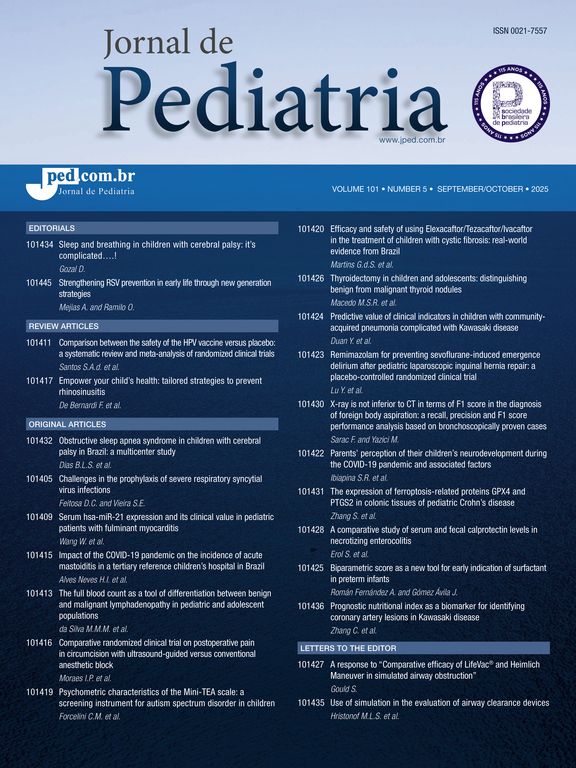The present study evaluated the incidence of hyperkalemia in premature babies born at the Hospital de Clínicas de Porto Alegre (birthweight < 1250 grams and gestational age < 32 weeks) during the first 72 hours of life in a one year period. The incidence of hyperkalemia was of 38.5% (potassium levels >6 mEq/l) and 15.4% with potassium levels subject to cardiac arrhythmia (> 6.7 mEq/l). The population was divided into two groups: group KN with potassium < 6 mEq/l (n=16) and group KE with potassium > 6 mEq/l (n=10). The hydroelectrolyte management and maintenance of neutral thermal environment was the same for both groups. Neither group received potassium in the first 36 hours of life. The KE group presented higher potassium levels during all the study. The mean birthweights of the groups were similar (KN = 963 gr; KE = 987 gr). The KN group presented a mean gestational age (29.3 weeks x 30.8 weeks) and Apgar Score in the first minute of life (3.18 x 5.7) significantly lower (p = 0.004 and p = 0,015 respectively) than the KE group. There were no significant differences between both groups in relation to the intraventricular hemorrhage, acidosis, hialine membrane disease, insulin level, glycemia, glycemia/insulin index, glomerular filtration rate, diurese, urinary potassium level, fractional sodium excretion, fractional potassium excretion and aldosterone tubular index. The level of aldosterone was significantly higher in the KE group (p = 0.029) within 24 hours of life (212.8 ng/dl x 110.2 ng/dl). It is suggested that none of the studied factors is responsible for the non-oliguric hyperkalemia of the very low birthweight newborn infant, stressing, however, that the serum potassium level must be carefully controlled in those infants.
The Impact Factor measures the average number of citations received in a particular year by papers published in the journal during the two preceding years.
© Clarivate Analytics, Journal Citation Reports 2025
SRJ is a prestige metric based on the idea that not all citations are the same. SJR uses a similar algorithm as the Google page rank; it provides a quantitative and qualitative measure of the journal's impact.
See moreSNIP measures contextual citation impact by wighting citations based on the total number of citations in a subject field.
See more







